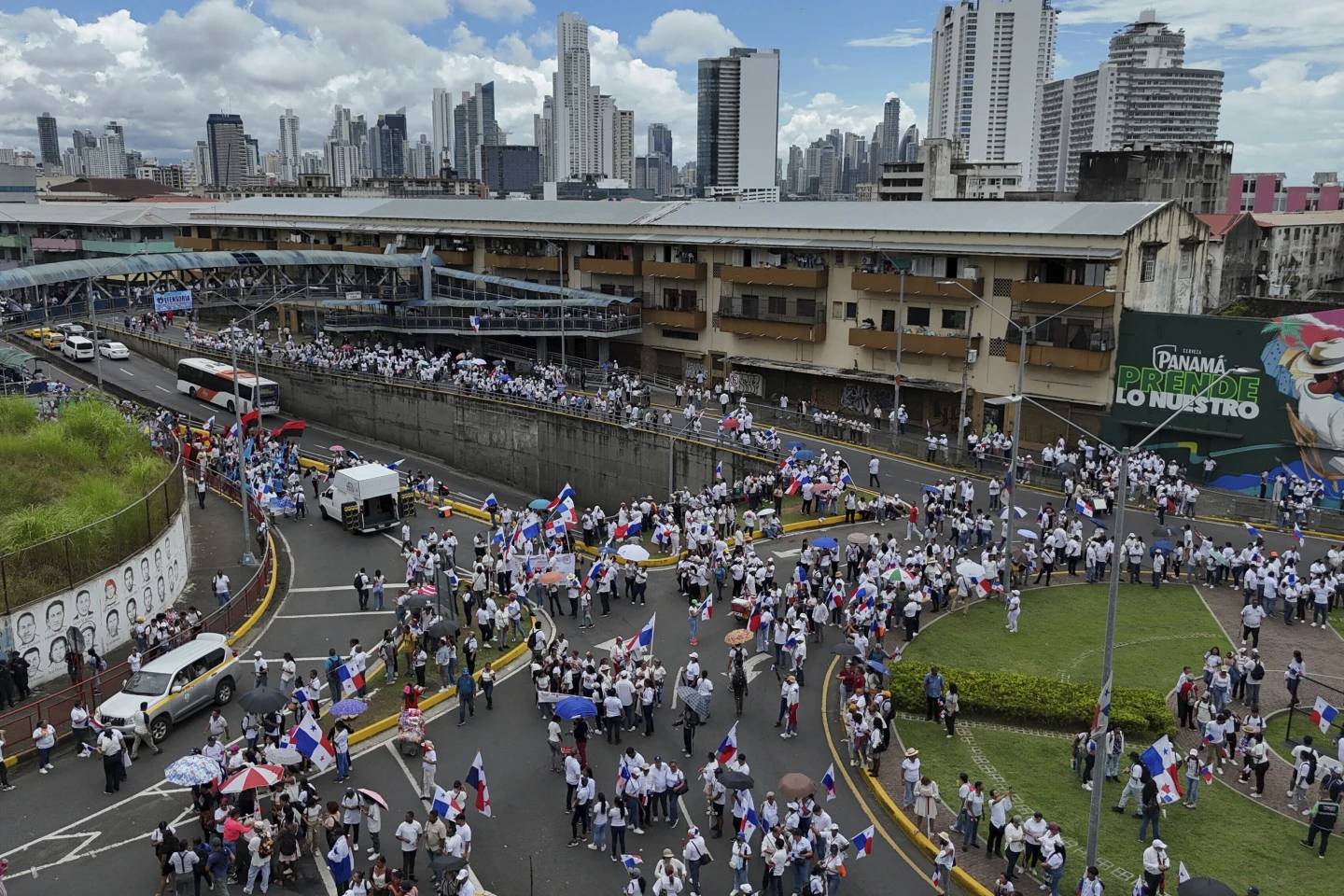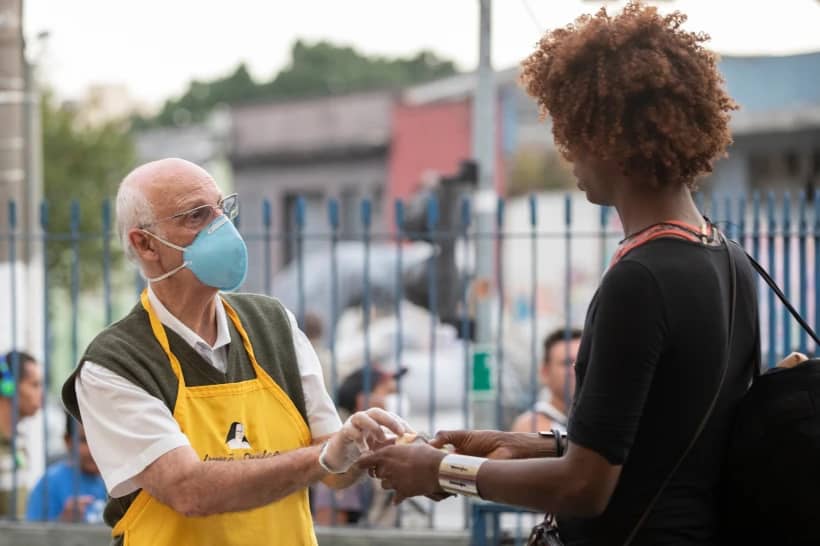ROSARIO, Argentina – As Nicaragua celebrated the “small” version of its famous Marian festival La Gritería on Saturday, the hierarchy of the Catholic Church and the government of President Daniel Ortega clashed over the global pandemic: The bishops acknowledge it, the president doesn’t.
Every August 15, when the Catholic Church celebrates the feast of the Assumption of Mary, Nicaragua’s second largest city Leon celebrates La Gritería Chiquita – the small shouting.
In the small Gritería, people start shouting the question, Qué causa tanta alegría? (What causes so much happiness?), and others respond with La Asunción de María! (Mary’s Assumption.)
[The “small shouting” is related to the larger and older national “shouting” that takes place on Dec. 7, when across the country at 6pm, people start shouting the question: Qué causa tanta alegría? (What causes so much happiness?), and others respond with La Concepción de María (Mary’s Conception).]
La Gritería Chiquita dates back to 1947, when according to popular piety, the Mother of God put an end to a devastating eruption of the Cerro Negro volcano, one of the most active in Central America.
In an attempt to curb the spread of COVID-19 coronavirus, Bishop Socrates Rene Sandigo of Leon, decided that the celebration would be a small, private event in the local cathedral, without the presence of the faithful, who were instead invited to set up small altars in honor to the Virgin and pray at home.
Due to the pandemic, the bishop gave the traditional shout of the Gritería from the altar of the cathedral instead of from the door. He doubled down on calling it a “Gritería of penitence,” urging people to pray on “this very special day, in a very special circumstance.”
Yet the Ortega government urged its supporters in Leon – a stronghold of the Sandinista revolutionary movement – to defy the bishop and go out to the streets, celebrate the Virgin Mary, and set up altars outside their homes, to maintain the usual festival-like feel of the celebration. National authorities have refused to acknowledge the pandemic, and Nicaragua is one of a handful of countries worldwide that hasn’t closed its schools to stop the spread of the disease.
According to official numbers, 123 people have died of the coronavirus in Nicaragua, though the independent COVID-19 observatory – made up of doctors and volunteers through out the country – released a statement earlier this month saying that 2,591 people had died with coronavirus symptoms but hadn’t been tested due to the lack of resources.
In the nineteenth century, the Gritería was used as a way to protest against the Spanish elite, when the poor would make huge, papier-mâché dolls of aristocratic ladies and feel protected by the Virgin Mary as their expressed their inward rebellion. A local priest told Crux that it came as “no surprise” that the Church had invited people to stay home while the government urged them to go out in the streets.
“Though you could make an argument against the bishops being so openly critical of the government – as you could if they were openly supportive – I find it harder to argue in favor of the government using an obvious religious celebration to continue challenging the bishops while putting its own people at risk,” the priest said.
Due to the presently hostile environment, he requested to remain anonymous.
In the past months, there have been 24 attacks against Catholic churches in Nicaragua. All of the attacks are tied to supporters of the government of Ortega and his wife, Vice President Rosario Murillo, who have claimed God has put them in office and that God favors their actions against the Catholic clergy.
RELATED: Nicaragua VP says God favors repression against priests, people
Writing in the Italian weekly Famiglia Cristiana, Andrea Riccardi, the founder of the Community of Sant’Egidio and one of Pope Francis’s most trusted advisers, noted that in 1910 around 97 percent of the Nicaraguan population was Catholic.
“Today half of its citizens are neo-Protestants or neo-charismatics, with an often critical, if not hostile, attitude toward the Catholic Church,” he wrote, pointing out that the religious shift from Catholicism to Neo-Christianity is common in many Central American countries.
Yet, Riccardi argues, “the climate of hatred does not only come from an anti-Catholic background, but also from or promoted by politics. In fact, the Church has taken a critical attitude towards some choices of President Ortega, the latest of which is the denial of the existence of the coronavirus, the danger of which the Church has drawn attention to.”
After a July 31 arson attack on the Cathedral of Managua, the archdiocese spoke of “hatred for the Catholic Church and its evangelizing work.” Riccardi called for for the events to be investigated and clarified, but he has no doubt: “A place of faith but also a refuge for the spirit of peace, has been wounded by an act of anti-religious hatred.”
A report from the Nicaraguan Center for Human Rights called the attack on the cathedral an act of terrorism. The police say the case is “closed” and it was accidental. The two women who witnessed a hooded man throwing a home-made explosive in the chapel of the cathedral, however, have been detained and are in prison.
Monsignor Carlos Avilés, Vicar of the Archdiocese of Managua, told France 24 that the actions against the church seek to intimidate Catholics from supporting the opposition.
“This has caused a great repression on the part of the Government that has not liked the fact the Church is always supporting justice, truth and the legitimate demands of the people to end corruption and the human rights abuses,” said Aviles.













